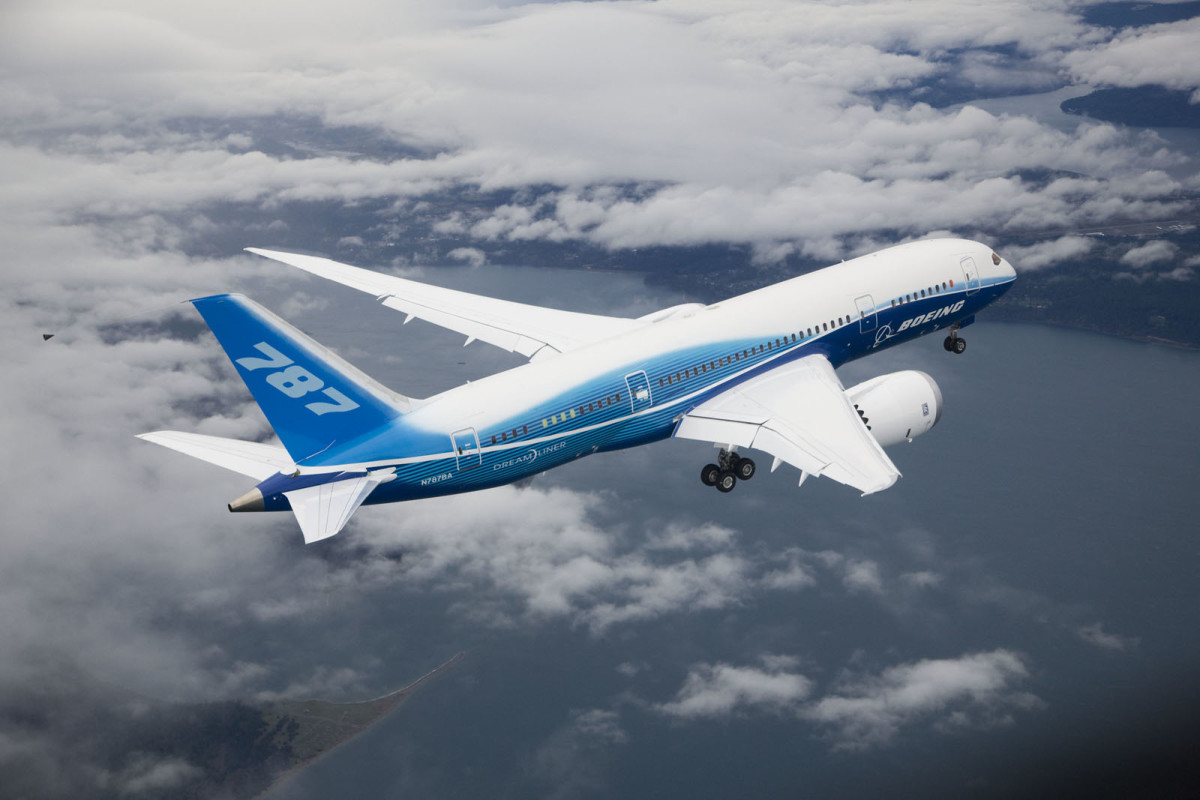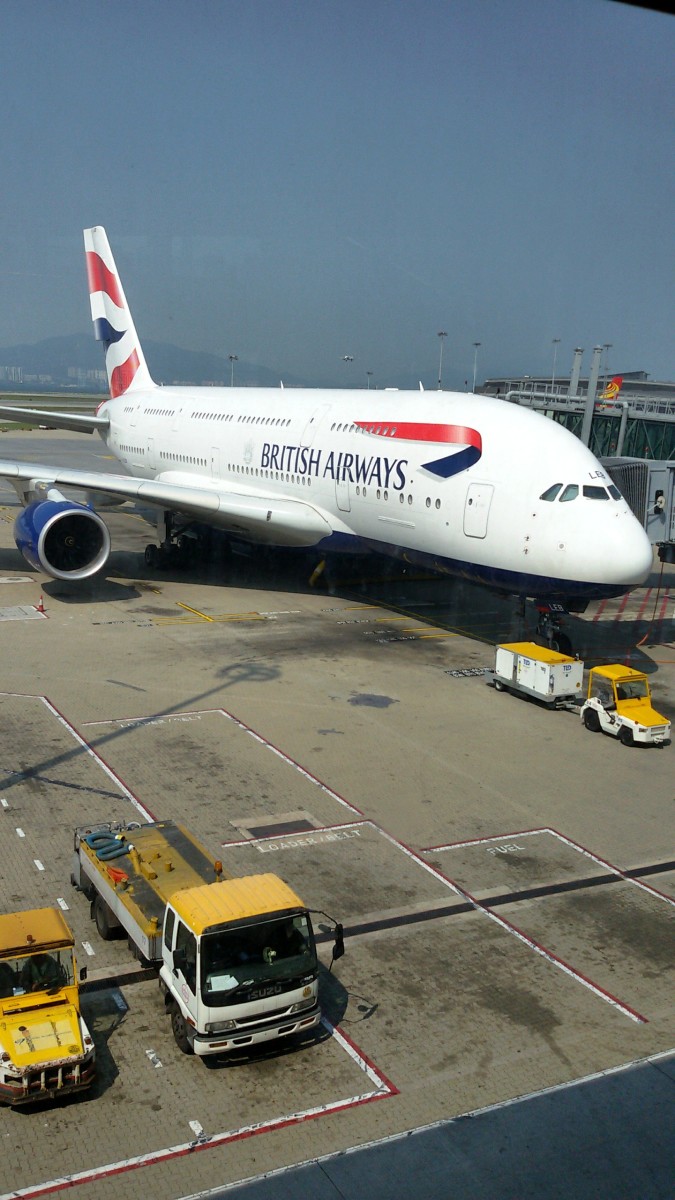Eastern Airlines Coming Back: Is this a Good Idea?

Eastern Airlines appears to be coming back. As many readers know, this is an airline steeped in history and once considered one of the “big four” during commercial aviation’s golden age.
Plans to resurrect the airline began in 2009 when a group of investors acquired Eastern’s intellectual property, which is a twenty-five cent term for the legal right to use the defunct company’s name and logo for marketing purposes.
All of this has me wondering:
Is resurrecting Eastern Airlines a good idea?
Eastern flew into oblivion in January of 1991 after years of financial turbulence, caused by a weak route structure, bad management and crippling labor problems.
Let’s step back in time and take a look at Eastern so that we can getter a better perspective of the carrier, which may help to inform us how this past may influence the new Eastern.
FYI: I covered Eastern Airlines in a very basic way in an article I penned about 5 airlines that have shut down but not in the detail you will see here.
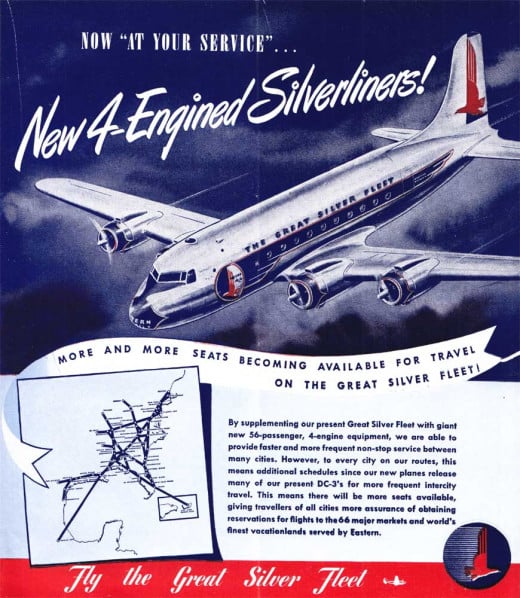
Brief History of Eastern
Beginnings
Eastern began back in 1927 as Pitcairn Aviation Inc. The company, like most of the early carriers of the era, started out delivering mail for the U.S. postal service.
After the Airmail act of 1934 and some changes in leadership, the company officially became Eastern Airlines.
Eddie Rickenbacker
In 1938, World War I pilot and hero, Eddie Rickenbacker purchased the company from GM for 3.5 million. Yes, that’s right, General Motors used to own Eastern.
Anyway, back then, the airline started out with 15 weekday departures from Newark, New Jersey to a number of cities in the U.S.
And it is important to note that under Rickenbacker’s leadership, Eastern was one of the most profitable airlines of the post-war era. That would all change down the road but this historical tidbit is worth mentioning because there are some who have suggested the company never turned a profit – which simply isn’t true when we look at the historical record.
Rickenbacker leadership as CEO at Eastern lasted for nearly two decades (1939 – 1959). He was ultimately ousted by investors who did not care for his reluctance to the jet age. Rickenbacker stayed on at Eastern as Director and Chairman of the Board until 1963.
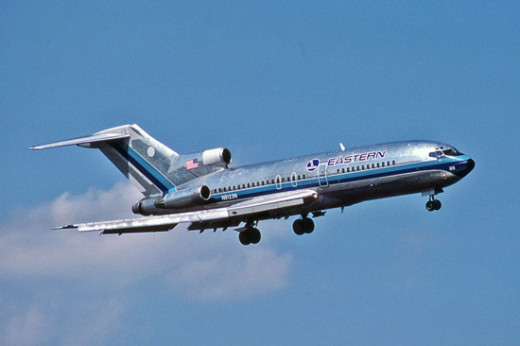
Jet Age
Eastern entered the 1960’s with a zeal for acquiring jets. It acquired a number of DC-8s and flew them out of what was then called Idlewild International, later renamed John F. Kennedy International Airport or in airline lingo, “JFK”.
Other jets would join the Eastern fleet; including some Boeing 720’s and Boing 727s (Eastern was the first airline to fly the 727 – and later first to fly the Airbus A300).
Perhaps most notable was the inauguration of the “Eastern Air Lines Shuttle”, which began service in April of 1961. The shuttle operated flights along the lucrative east coast corridor from New York’s LaGuardia to Washington National and Boston Logan.
They also flew the L-1011 Tri-Star and the 747 (747s were leased from Pan Am).
International Service
By the mid-60’s, Eastern had started to transition from a domestic carrier to an international airline, operating flights to Caribbean destinations. Stops included Santo Domingo, the Bahamas and the U.S. territory of San Juan, Puerto Rico.
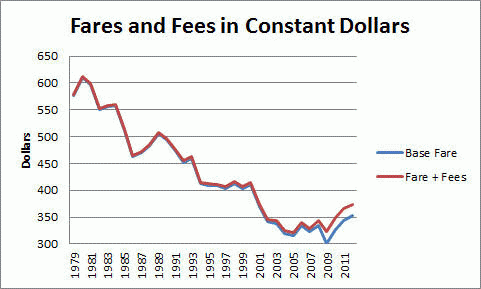
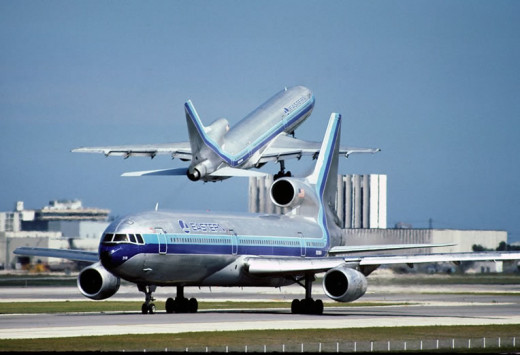
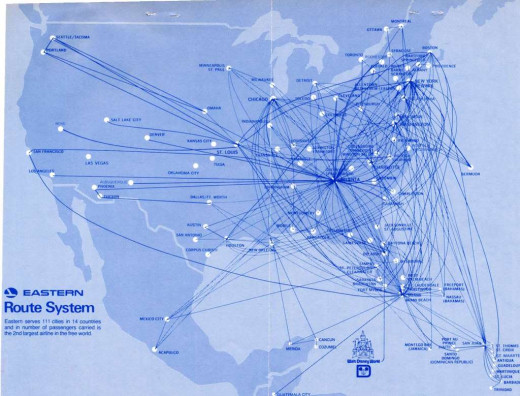
1978 Deregulation
The late 1970’s brought significant changes to commercial aviation in the form of new legislation known as the Airline Deregulation Act (1978). At its core, “Deregulation” lifted many governmental restrictions on that were previously in place on fares, routes and new market entrants.
Like all carriers of the era, Eastern was impacted by deregulation. To make a long story short, the company was now forced to compete in an environment against more nimble, flexible carriers like Southwest Airlines, Peoples Express and Pacific Southwest Airlines (PSA).
In “plane-speak”, after deregulation, the company was left with an unprofitable route structure, operating a fleet of fuel guzzling, over-sized aircraft that were not fitted for passenger demand.
Throw in labor costs into the dynamic and Eastern’s business model pre-deregulation, which did not change in the immediate years post de-regulation and you can see the entire operation calculated to a big net negative.
And it is worth noting that several other carriers at this time were plagued with similar issues, including dinosaurs like Trans World Airlines and Pan Am.
The company did try to give the competition a run for the money. An example can be found in what the carrier called its Moonlight Specials. These deeply discounted flights were essentially red-eyes that were tacked on to scheduled cargo flights. While certainly innovative, these types of offerings were not enough to create the necessary profit or liquidity to stabilize Eastern.
By the time Eastern skidded into the 1980’s, the company was hemorrhaging money and doing so at an alarming rate.There would be a brief period of time where the employees became part owners of the company, which create a small moment of profitability. But because of ongoing ticket sale wars, coupled with rising fuel prices, that moment was short lived.
This financial instability and cash flow problem made Eastern a prime target for a take-over … which is exactly what happened.
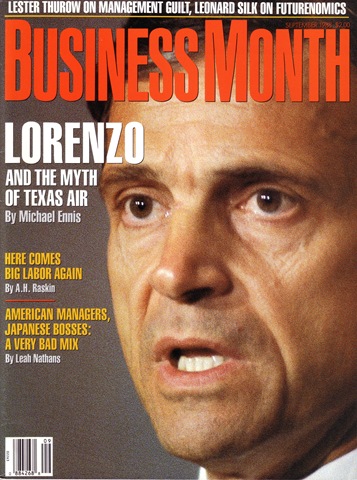


Frank Lorenzo
In 1986, the carrier was sold to corporate raider Frank Lorenzo. This was a person who was later selected by Time Magazine as one of the Worst Bosses of the Century. The story of Mr. Lorenzo’s leadership is widely known.
He was hated by a large swath of employees because most viewed him as a union buster. I won’t go into all of the detail here (there’s simply not enough room) but he did seem like a person that took joy in the act of cutting worker pay. During his reign, tension between different employee groups and management was palatable.
It got so bad that under his stewardship, a worker led organization was formed called: WHEAL (We Hate Eastern Airlines).
Nice huh?
As an aside, an excellent book to read on Lorenzo’s stewardship of the carrier is: Grounded, Frank Lorenzo and the Destruction of Eastern Airlines. I’ve listed the book as part of this article for you to purchase if you want to know more.
By 1989, the carrier was in the grip of a death spiral, crippled by horrible labor relations, in large part caused by a CEO who was focused like a laser on breaking the backs of the unions.
It was during this same year that Lorenzo decided to lock out the unionized mechanics and ramp service workers, hoping to force them into agreeing to deep pay and benefit cuts. This lockout caused them to immediately go on strike.
The other unions, representing pilots and flight attendants, feared a similar fate to that of the mechanics and baggage handlers went on what’s called a sympathy strike. All of this turmoil only worsened Eastern’s financial situation, which was already precarious.
Desperate for cash and looking for a way to psychologically harm unions, Lorenzo sold off the lucrative Eastern Air lines shuttle to Donald Trump. Other assets were sold off to Lorenzo’s holding company, Texas Air Group, which effectively handed the routes to Continental.
Critically wounded, Eastern flew into Chapter 11 bankruptcy in March of 1989. While this may have relieved some financial pressures, it also allowed Lorenzo to operate the carrier with non-union employees. Ultimately, the courts took away Eastern from Lorenzo but the damage was already done.
It hobbled along for a few more years until January 1991, when the company stopped flying.
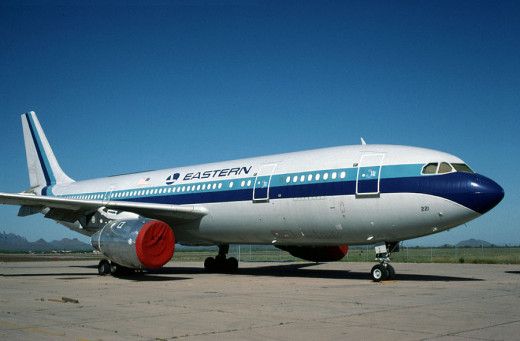
Eastern Today
The investors who own the intellectual property rights to the former Eastern Airlines have formed Eastern Airlines Group and appear to be going full throttle with resurrecting the carrier.
The current business model as stated on the company website is to re-launch Eastern at Miami International Airport, which is one of the stomping grounds of the old Eastern.
At this point in time, the new Eastern appears to have secured enough capital to acquire new aircraft, including 737-800s. Going by the news reports, the company plans on taking delivery of its first aircraft, an Airbus A320, in the fall of 2014.
Plans call for Eastern 2.0 to operate as a charter company out of Miami with the eventual goal of returning to scheduled service. At this point in time, they also seem to be hiring pilots, flight attendants and administrative employees.

Eastern Re-Launch: A Good Idea?
All of this brings us to the question: Is re-launching Eastern Airlines a good idea? I ask this question because it seems to me there are several arguments that can be made in support of launching this company and a good number of arguments that can be made against.
Some of my major questions relate to how a new Eastern would be able to compete in an already difficult business environment. The Miami market already has major operators like American holding a lot of real estate and flying routes down to the Caribbean and South America.
What would give Eastern a competitive edge ... even if they start out as a charter?
I’ve taken the liberty of highlighting the pros and cons below. There are probably more than a few than I am missing for each column but I am hoping I have covered the basics.
New Eastern: Pros and Cons
Good Idea
| Bad Idea
|
|---|---|
EAL has instant name recognition
| EAL has a muddy reputation
|
EAL means a new market entrant
| EAL enters into a crowded market
|
Airlines have become more profitable in recent years
| EAL would have to heavily discount in order to compete to become profitable
|

Eastern Return Good Idea?
Final Thoughts
I have to say that when I caught wind that Eastern was possibly coming back a few years ago, I really didn’t pay much attention. I figured it was just a pie in the sky idea that was being bandied about for giggles.
Now that Eastern’s re-birth seems to be happening, I am left with mixed emotions. On the one hand, I personally liked Eastern Airlines and have many friends who used to work for the former carrier.
And I would be a liar if I didn’t say that it would be kind of nice to see the Eastern Airlines logo at the airport ticket counter or on the tail of an aircraft flying overhead.
On the other hand, I can’t help but wonder if a re-launch Eastern would be plagued with so much of the ugliness that is part of its history.
Already I have seen a number of posts on the Internet from former employees bickering with one another about events that occurred decades ago during the peak of its labor problems. The anger and resentment seems to run deep, which on some level is understandable given all that happened.
I am putting a poll up to let you share your thoughts. I would also like to hear from you so please feel free to share.
Thanks for stopping by!
© 2014 John Lannoye




